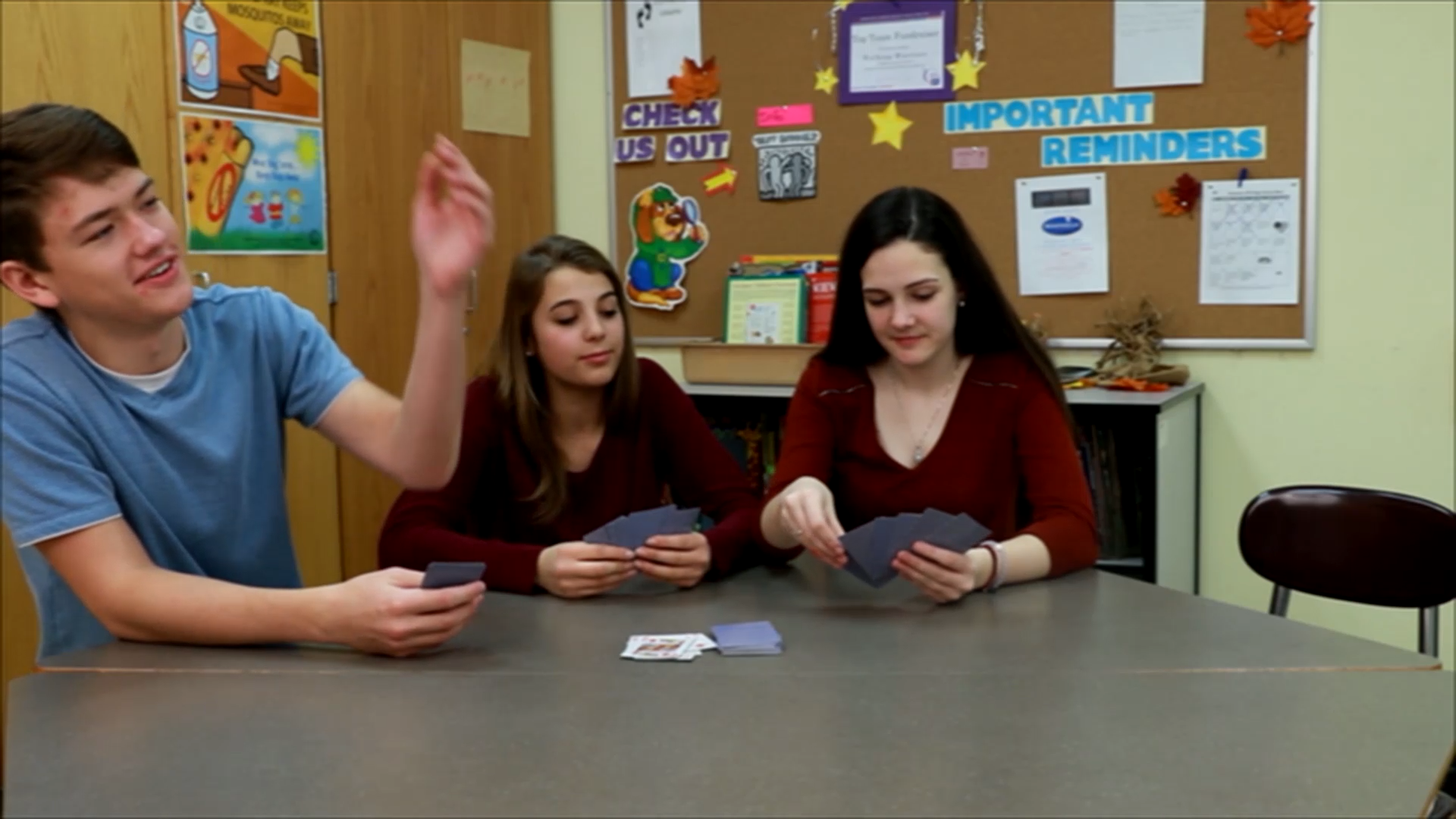
As educators, we recognize the importance of teaching our middle school students valuable social-emotional learning skills that will help them thrive in their daily interactions and relationships. One crucial skill for this age group is the ability to include others and be inclusive in various social settings. In this blog post, we’ll discuss a no-prep activity that can help students practice this skill, some discussion questions to deepen their understanding, and related skills that can further enhance their social-emotional development.
Introduction
Inclusion plays a vital role in promoting a sense of belonging and fostering positive relationships among students. By teaching middle school students how to include others, we empower them to create a more welcoming and supportive environment in their classrooms and communities. When students learn to invite others to join activities, they develop empathy, kindness, and communication skills that will serve them well throughout their lives.
No-Prep Activity
This no-prep activity is designed to help students practice the skill of including others in a fun, low-stakes environment. The activity is called “The Compliment Circle.”
- Have students stand in a circle facing each other.
- Explain that the goal of the activity is for each student to give a genuine compliment to the person on their right.
- Begin the activity by modeling how to give a compliment to the student on your right. Your compliment can be about their appearance, personality, or talents.
- Continue the activity by having each student take turns giving a compliment to the person on their right until the circle is complete.
- Debrief the activity by discussing how it felt to receive a compliment and how it felt to give one.
The Compliment Circle is a simple yet powerful activity that encourages students to practice empathy, recognize the positive traits in others, and include everyone in a group setting.
Discussion Questions
After completing the Compliment Circle activity, use these discussion questions to prompt further reflection and exploration of the topic:
- How did it feel to receive a compliment from your classmate? How did it feel to give one?
- Can you think of a time when you felt left out or excluded? How did it make you feel?
- Why is it important to include others in our activities and conversations?
- What are some ways you can practice including others in your daily life?
- How can including others help build a positive and supportive classroom environment?
Related Skills
Teaching students the importance of including others is just one aspect of social-emotional learning. Here are some related skills that can further enhance their social-emotional development:
- Active Listening: Encourage students to practice active listening, which involves paying full attention to the speaker, asking questions, and showing empathy.
- Conflict Resolution: Teach students how to resolve conflicts in a respectful and constructive manner.
- Empathy: Help students develop the ability to understand and share the feelings of others.
- Respect: Encourage students to treat others with kindness, consideration, and appreciation.
Next Steps
Now that you have a better understanding of how to teach middle school students the importance of including others, it’s time to put these ideas into practice. To access free sample materials and resources that can help you teach these skills and others, be sure to visit Everyday Speech’s sample materials page. By incorporating social-emotional learning into your classroom, you’ll empower your students to build strong, positive relationships and create a more inclusive and supportive learning environment.

